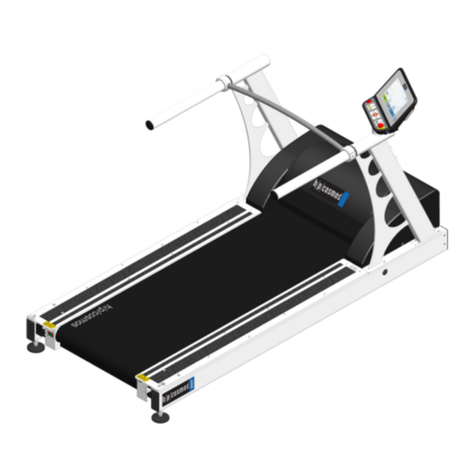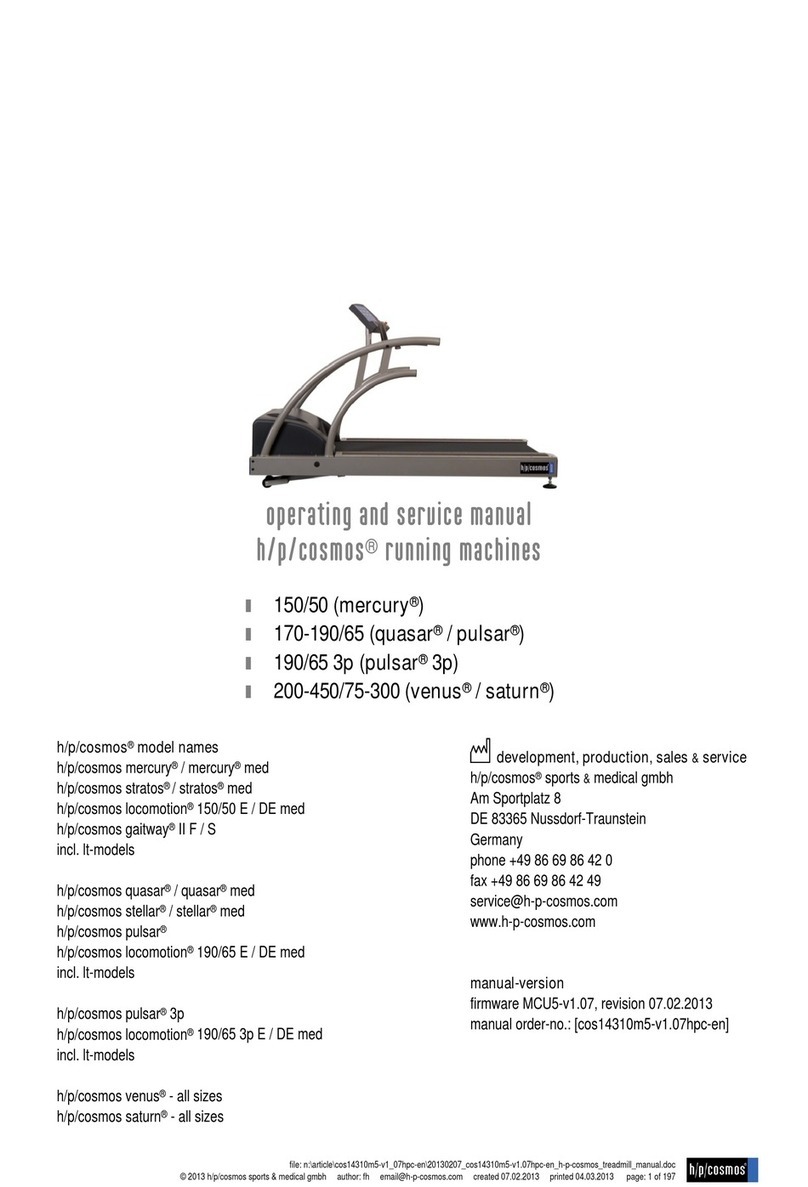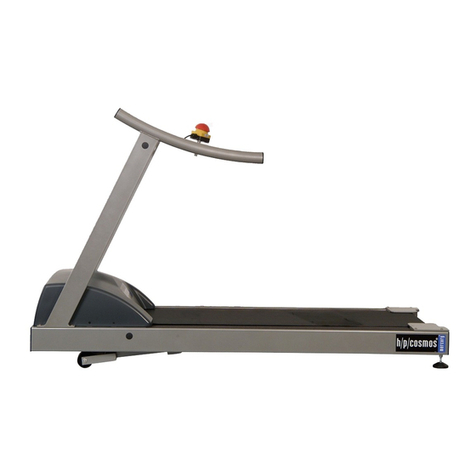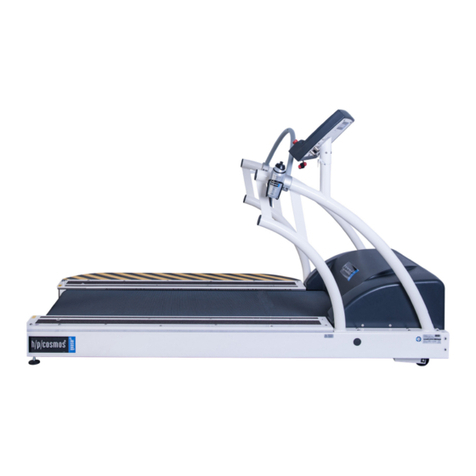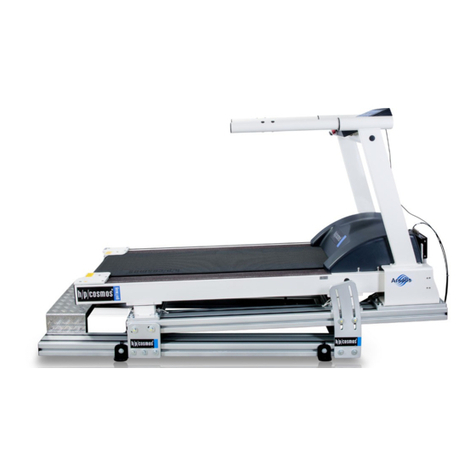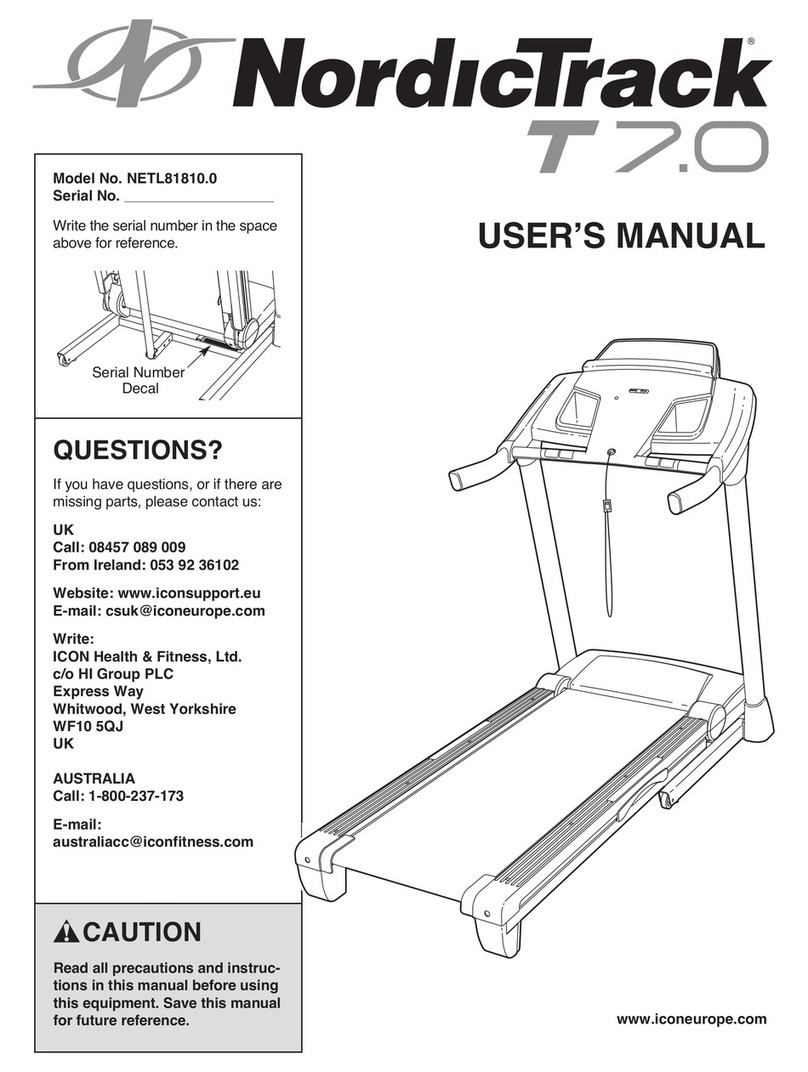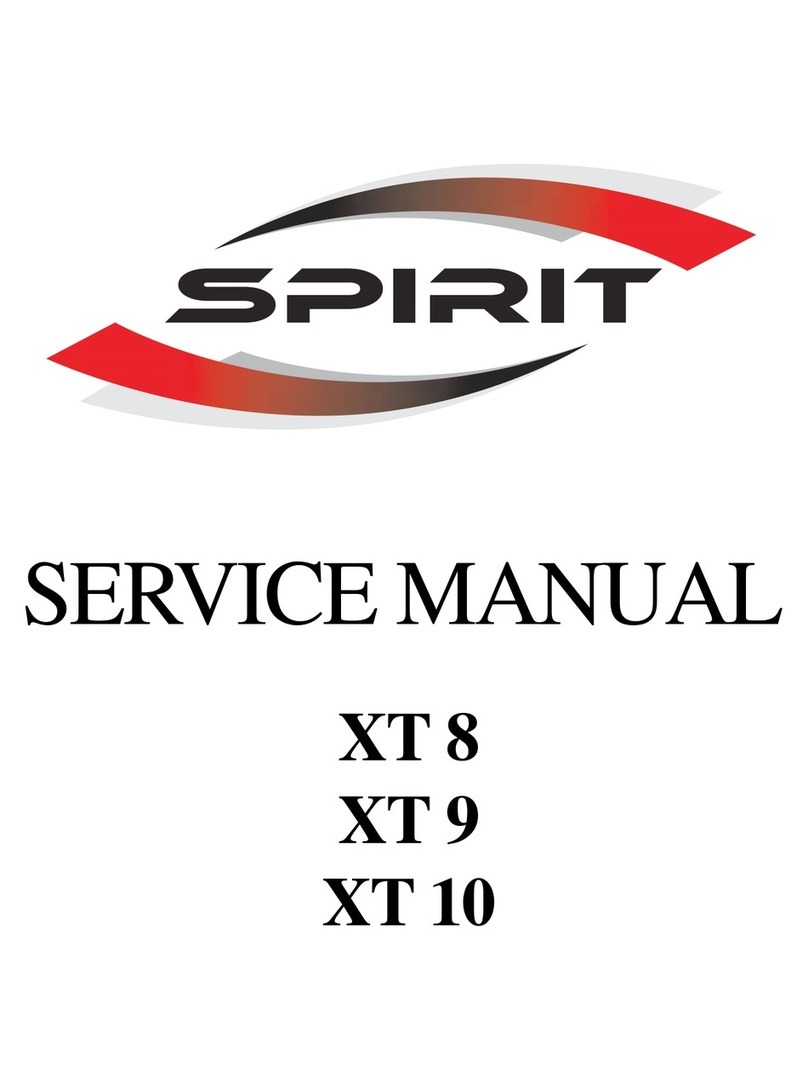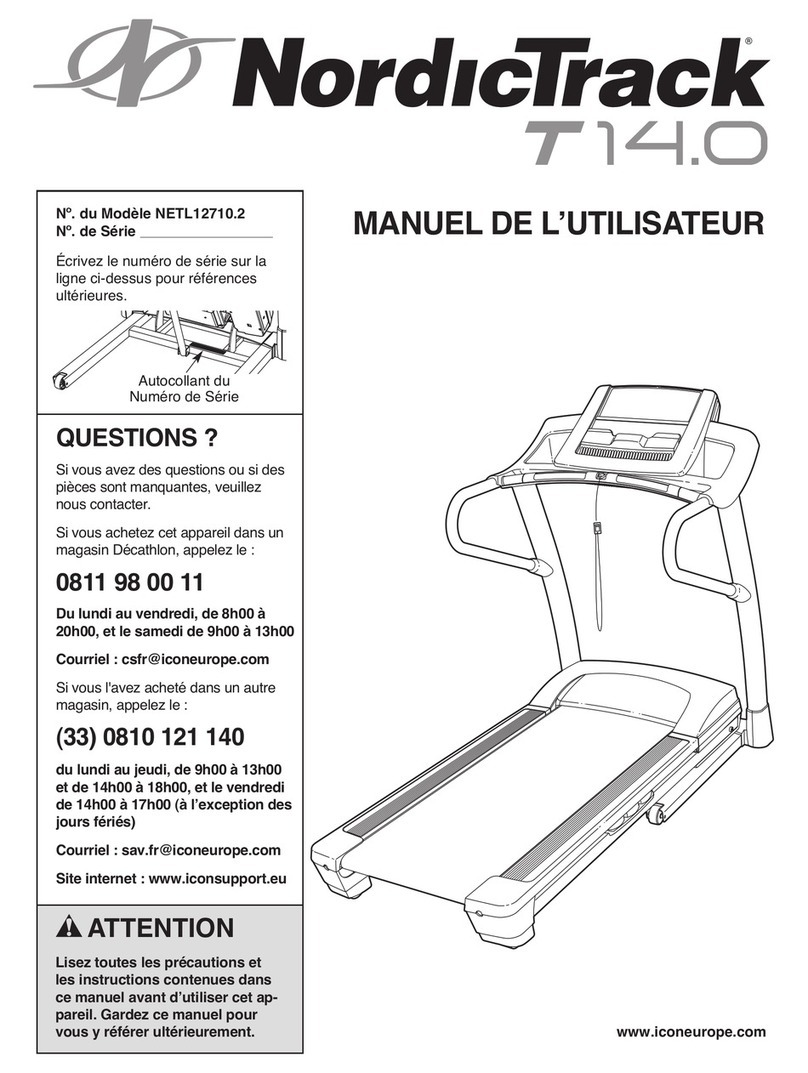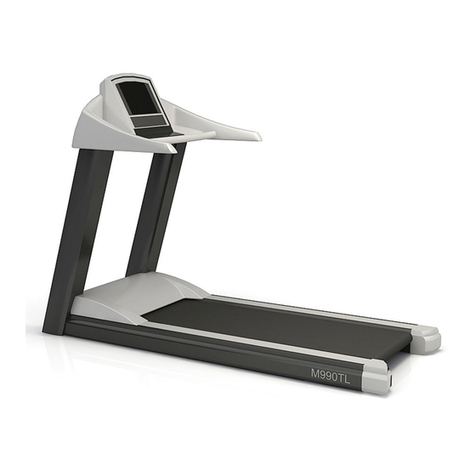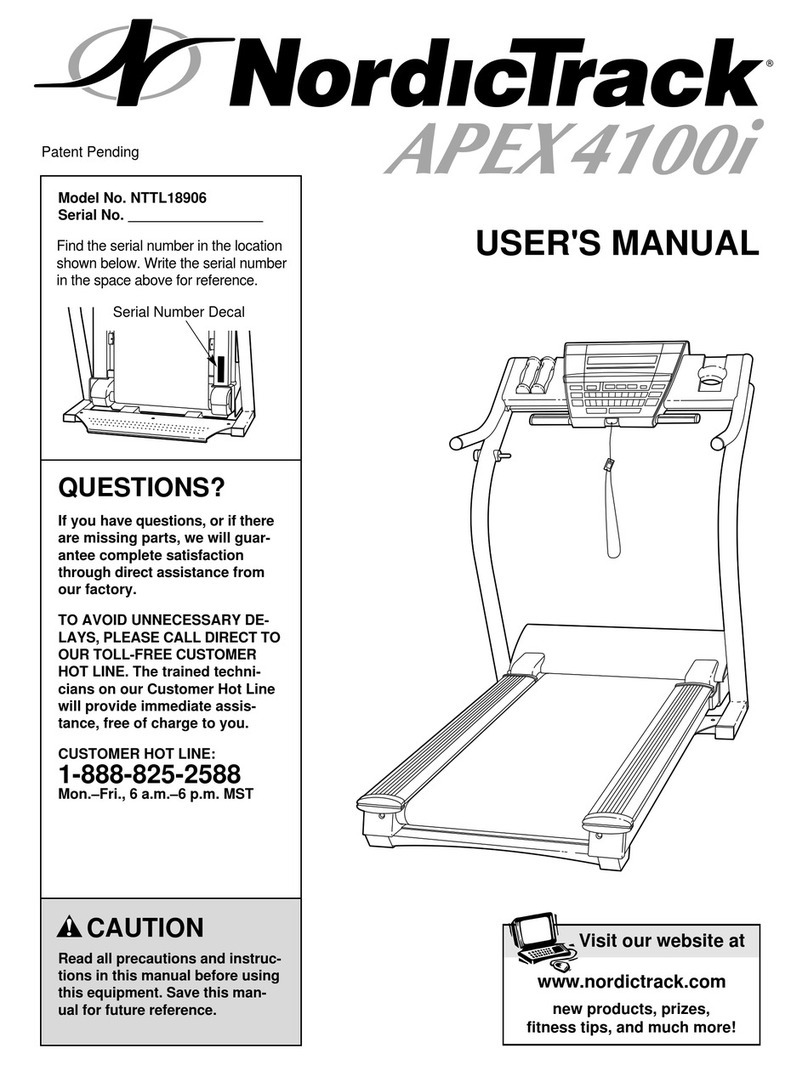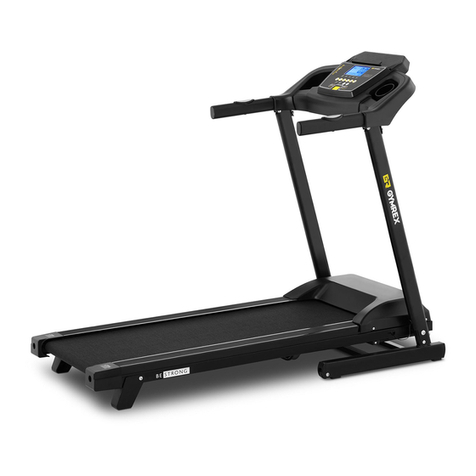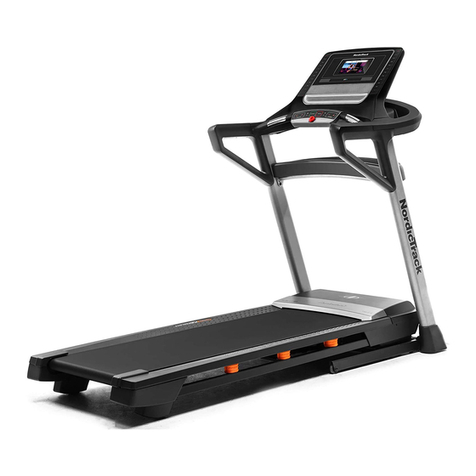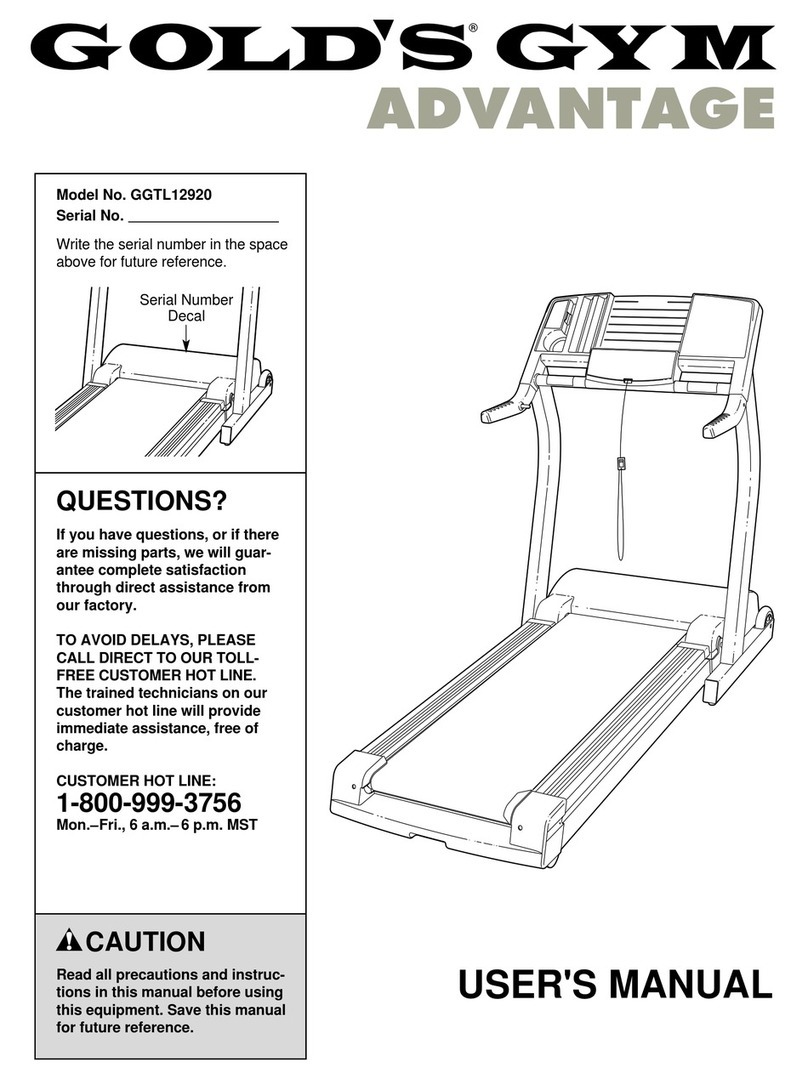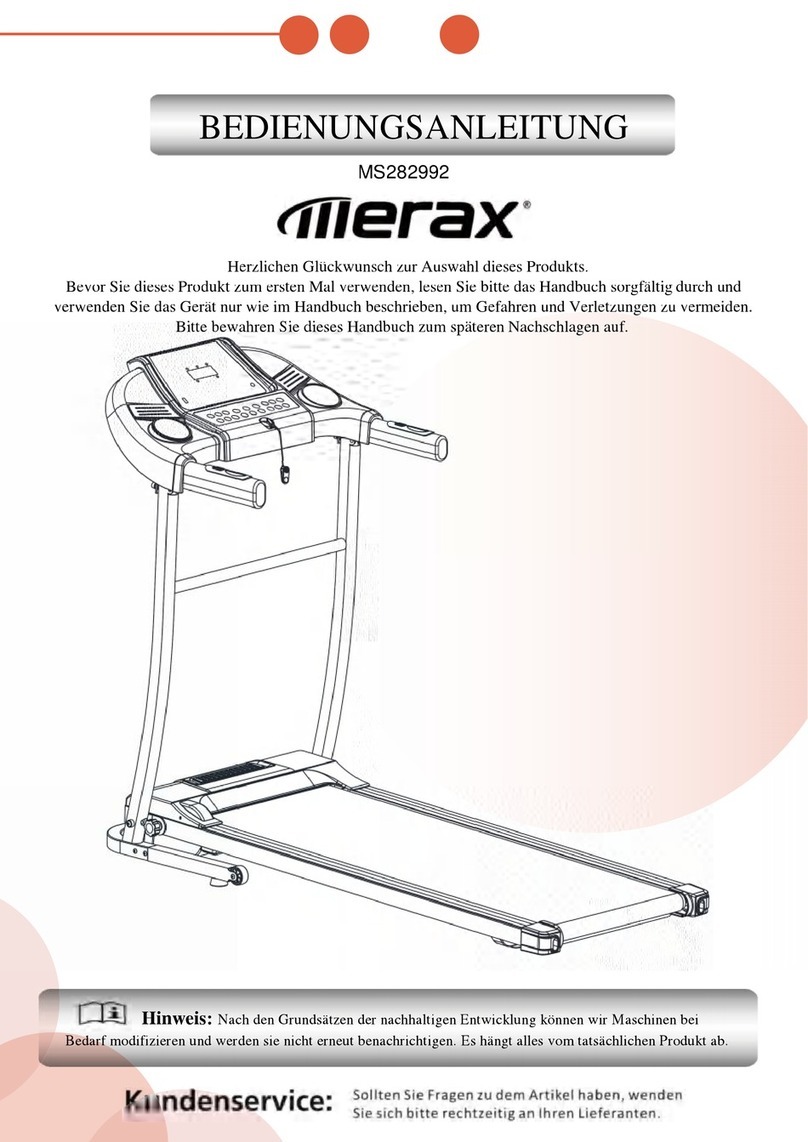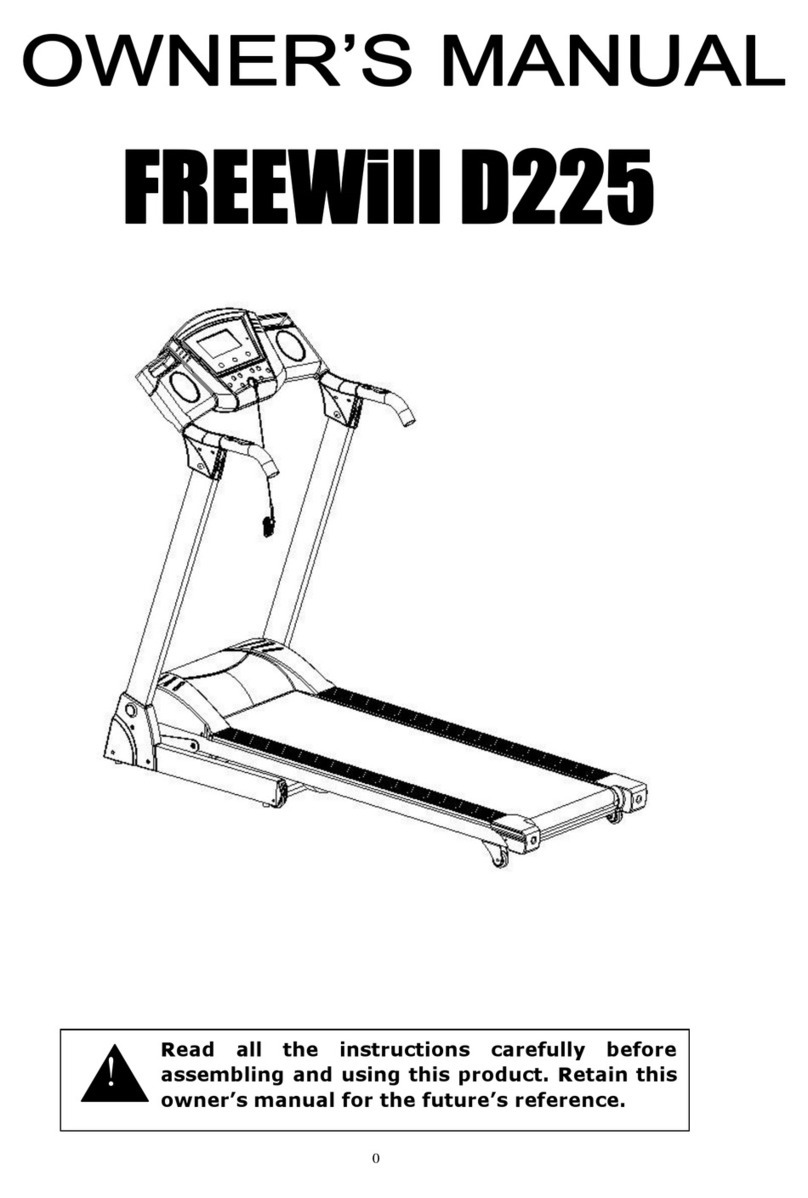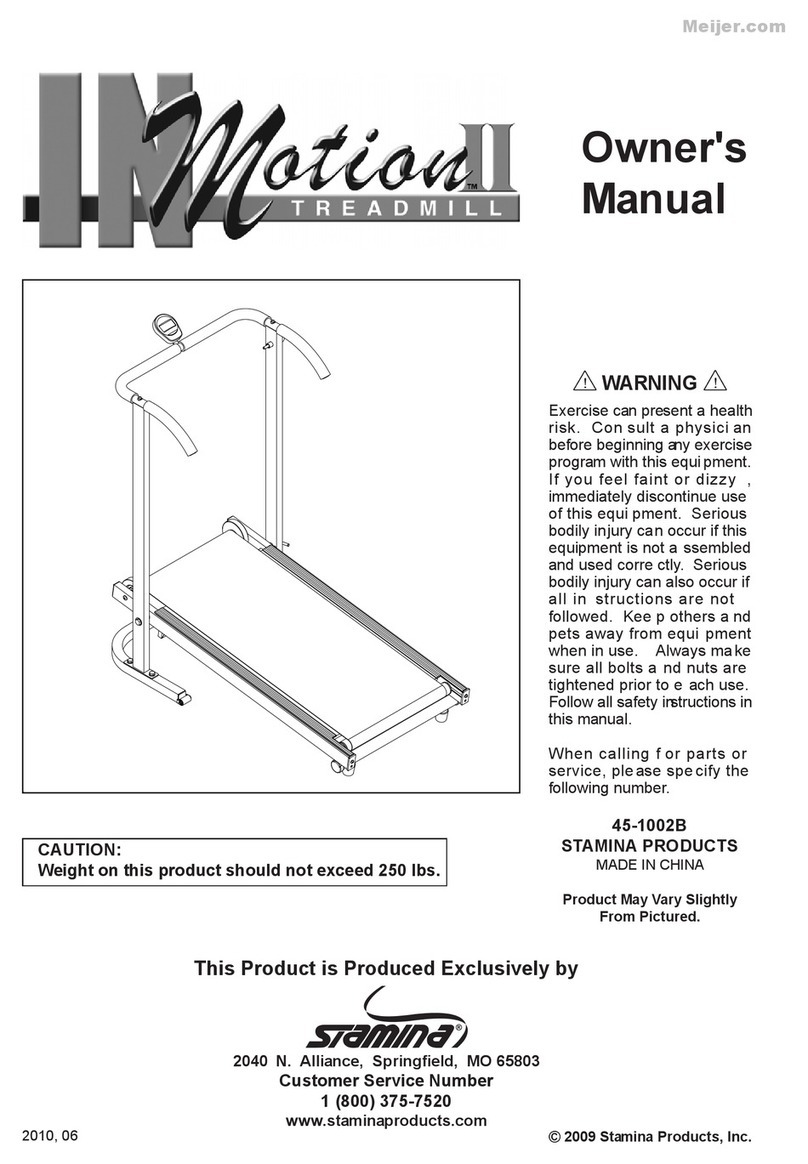
content
file: n:\article\cos14310m5-v1_06hpc-en\20120215_cos14310m5-v1.06hpc-en_manual_h-p-cosmos_running_machine.doc
© 2012 h/p/cosmos sports & medical gmbh author: fh email@h-p-cosmos.com created 15.02.2012 printed 15.02.2012 page: 10 of 213
[12.C2]Reproducibility of adjustments.........................................................................................................................169
[12.D]Handrails adjustable. Parallel bars with gas struts and locking lever...........................................................................170
[12.D1]Safety precautions and operation....................................................................................................................170
[12.D2]Adjustment of the bar handrails.......................................................................................................................170
[12.D3]Reproducibility of adjustments.........................................................................................................................172
[12.E]Therapist’s seat and foot support adjustable................................................................................................................172
[12.E1]Safety precautions and operation....................................................................................................................172
[12.E2]Operation and adjustment................................................................................................................................172
[12.F]Special handrails..........................................................................................................................................................174
[12.G]h/p/cosmos airwalk se 135 (available as of 10/2008)...................................................................................................175
[12.H]Unweighting system h/p/cosmos airwalk......................................................................................................................176
[12.H1]Vests for subjects for h/p/cosmos airwalk........................................................................................................176
[12.I]h/p/cosmos robowalk®expander..................................................................................................................................177
[12.J]Wheelchair ramp..........................................................................................................................................................177
[12.K]h/p/cosmos wheel chair stabilizer for oversize running machines................................................................................177
[12.L]Safety arch with chest belt and harness.......................................................................................................................178
[12.M]Running belt rotation reversible for downhill walk............................................................................................179
[12.M1]Pull Cord Actuator (lanyard + magnet).............................................................................................................180
[12.M2]Change from forward to reverse rotation.........................................................................................................181
[12.M3]Change from reverse to forward rotation.........................................................................................................181
[12.N]Bottle holder.................................................................................................................................................................181
[12.O]Retrofitting UserTerminal .............................................................................................................................................181
[12.P]Retrofitting / additional safety stop / emergency stop...................................................................................................183
[12.Q]Monitor / laptop arm .....................................................................................................................................................184
[12.R]Safety multiple socket ..................................................................................................................................................184
[12.S]Digital (serial) RS232 interface / USB converter..........................................................................................................185
[12.S1]Interface cable RS232 for connection to PC....................................................................................................185
[12.S2]Interface cable RS232 for connection to ECG Schiller....................................................................................185
[12.S3]Interface cable for connection Ergospirometry JAEGER/VIASYS/CardinalHealth/CareFusion OXYCON......186
[12.T]Printer protocol.............................................................................................................................................................187
[12.U]POLAR Heart rate measurement system.....................................................................................................................188
[12.U1]Note from POLAR for patients with pacemaker...............................................................................................188
[12.U2]Chest belt and transmitter................................................................................................................................188
[12.U3]Radius of transmission.....................................................................................................................................188
[12.U4]Battery of the transmitter..................................................................................................................................189
[12.U5]Correct placement of transmitter belt...............................................................................................................189
[12.U6]Transmission problems....................................................................................................................................189
[12.V]PC Software h/p/cosmos para control®4.1..................................................................................................................189
[12.W]PC Software h/p/cosmos para graphics®.........................................................................................................191
[12.X]PC Software h/p/cosmos para analysis®......................................................................................................................192
[12.Y]PC Software h/p/cosmos para motion..........................................................................................................................193
[13.] Certificates ...................................................................................................................................................................194
[13.A]Certificate of the TSA (TÜV) according to ISO 9001....................................................................................................194
[13.B]Certificate of the TSA (TÜV) according to EN ISO 13485............................................................................................195
[13.C]EC Certificate of the TSA (TÜV)...................................................................................................................................196
[13.D]Certificate of compliance for sports and fitness devices ..............................................................................................197


